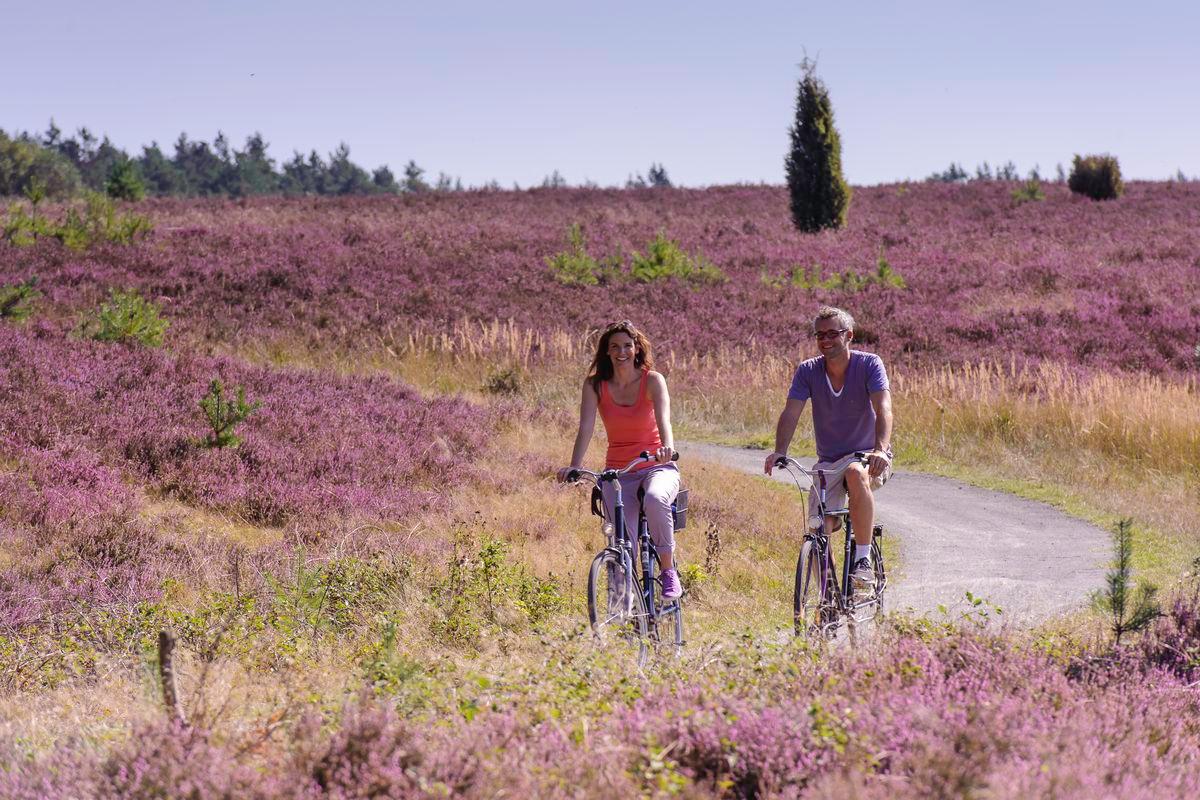Sorry, that should not have happened
Unfortunately, we were unable to find this page. We may have renamed, moved or archived the page.
Would you like to send us a message?
Contact form
Can we help you directly?
Send us an email
This way back
Homepage
